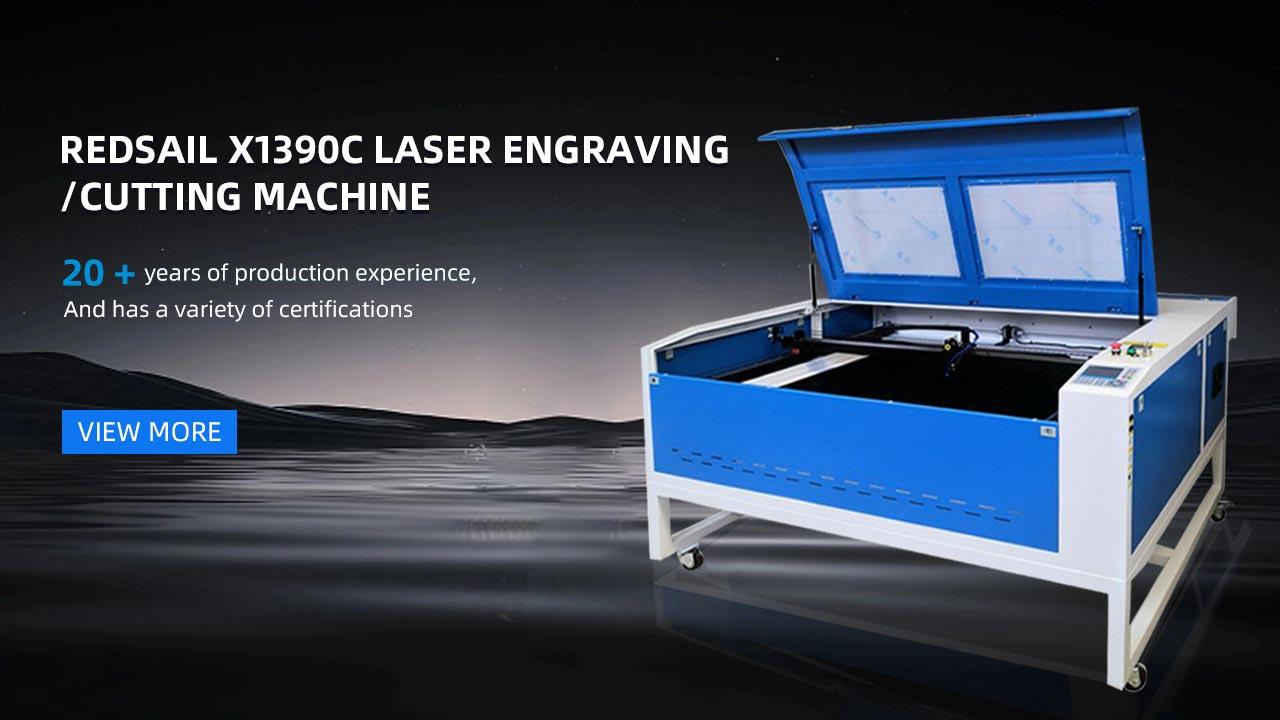Woodworking has been an essential craft for centuries, with artisans creating beautifully crafted pieces that range from simple furniture to intricate designs. With advancements in technology, woodworking tools have evolved to include laser engravers, such as the Epilog Laser Engraver. But is the Epilog Laser Engraver truly the ultimate tool for woodworking projects? Let’s explore its features, benefits, and limitations to find out.
The Epilog Laser Engraver: An Overview
The Epilog Laser Engraver is a high-quality laser engraving machine that is widely used in the woodworking industry. It uses a powerful laser beam to engrave or cut designs into wood with precision and accuracy. Here are some key features of the Epilog Laser Engraver:
- High-Quality Laser Beam: The Epilog Laser Engraver uses a high-quality laser beam that can cut through wood with precision, leaving clean and crisp edges.
- User-Friendly Interface: The machine comes with easy-to-use software that allows users to create and edit designs easily.
- Varied Applications: The Epilog Laser Engraver can be used for a wide range of woodworking projects, including engraving, cutting, and etching on different types of wood.
With these features, the Epilog Laser Engraver has become a popular choice among woodworkers looking to add intricate details to their projects.
The Benefits of Using the Epilog Laser Engraver
There are several benefits to using the Epilog Laser Engraver for woodworking projects. Some of the key advantages include:
- Precision: The Epilog Laser Engraver offers unmatched precision when engraving or cutting wood, allowing for intricate designs and fine details.
- Speed: Compared to traditional woodworking methods, the Epilog Laser Engraver is much faster, reducing production time and increasing efficiency.
- Versatility: The machine can be used for a wide range of woodworking projects, from engraving custom designs on wooden furniture to creating personalized gifts.
These benefits make the Epilog Laser Engraver a valuable tool for woodworkers looking to take their projects to the next level.
Limitations of the Epilog Laser Engraver
While the Epilog Laser Engraver has many advantages, it also has some limitations that woodworkers should be aware of:
- Limited Depth: The laser beam used by the Epilog Laser Engraver has a limited depth, which may not be suitable for cutting through thick pieces of wood.
- Cost: The Epilog Laser Engraver is a significant investment, and may not be practical for hobbyists or small woodworking businesses.
- Learning Curve: Using the software and operating the Epilog Laser Engraver effectively may require some training and practice.
Despite these limitations, the Epilog Laser Engraver remains a powerful tool for woodworking projects, especially for those looking to add intricate designs and details to their pieces.
FAQs
Is the Epilog Laser Engraver suitable for beginners?
While the Epilog Laser Engraver offers advanced features, it can still be used by beginners with some practice and training. The user-friendly software and easy-to-use interface make it accessible to woodworkers of all skill levels.
What types of wood can the Epilog Laser Engraver engrave on?
The Epilog Laser Engraver can engrave on a wide range of wood types, including hardwoods, softwoods, plywood, and MDF. However, some woods may require special preparation or settings to achieve the desired results.
Can the Epilog Laser Engraver be used for commercial woodworking projects?
Yes, the Epilog Laser Engraver is suitable for commercial woodworking projects, as it offers high precision, speed, and versatility. Many woodworking businesses use the Epilog Laser Engraver to create custom designs and personalized products for their customers.
the Epilog Laser Engraver is indeed a powerful tool for woodworking projects, offering precision, speed, and versatility. While it may have some limitations, its benefits far outweigh them, making it a valuable asset for woodworkers looking to enhance their craft.





